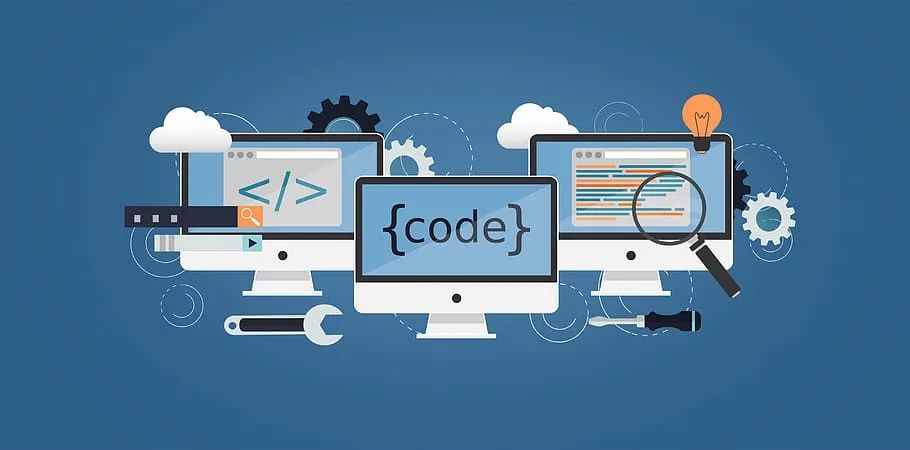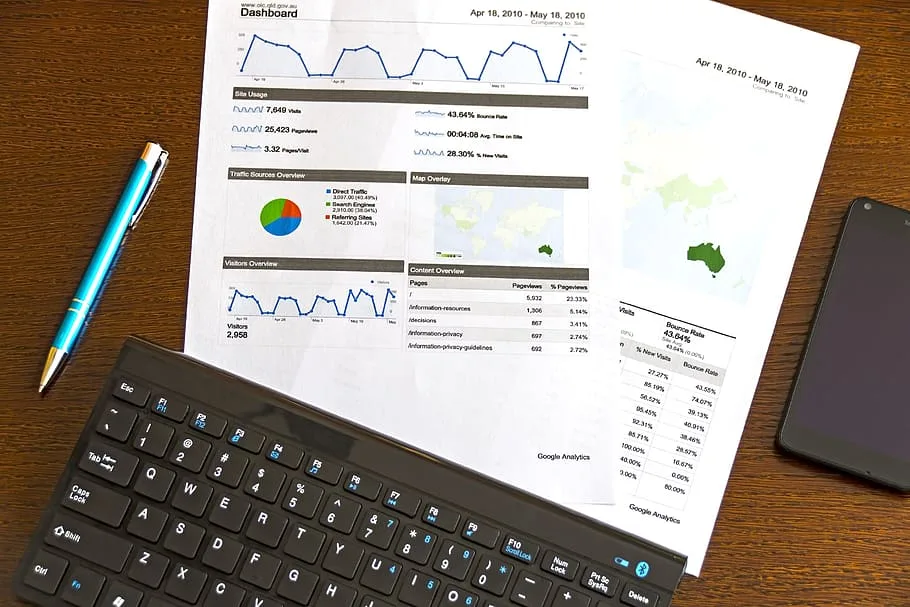The roles of data scientists and data analysts have become pivotal for businesses aiming to leverage the power of information in this competitive world of decision-making laden with data. In this article, we’ll delve into the intricacies of Data Scientists Vs Data Analysts – roles, responsibilities, techniques and qualifications.
Responsibilities of Data Analysts:
In the world of data, data analysts are like detectives because they work with structured data to solve real-world business problems. They use SQL, R and Python programming languages as their toolkit along with statistical analysis and data visualization software.
Python is a versatile programming language that is widely used for statistical analysis and data visualization. Libraries like NumPy and Pandas are used for data manipulation, while Matplotlib and Seaborn are popular for creating various types of visualizations.
1. Collaboration with Organizational Leaders: Through working with leaders to identify the informational needs business has.
2. Data Acquisition: Data collection from primary and secondary sources so as to have a comprehensive dataset for analysis.
3. Data Cleaning and Reorganization: Data preparation for analysis by data cleaning and restructure to check its accuracy.
4. Trend Analysis: The analysis of data sets in order to establish trends and patterns that can be converted into implementable insights.
5. Presentation of Findings: Making findings easily understandable to enable decisions based on data.

Responsibilities of Data Scientists:
In contrast, data scientists set out into the unchartered territory by using advanced methods to forecast subsequent events. It is viewed as a development of the position of a data analyst, who would have even more difficult tasks.
1. Raw Data Handling: Data preparation, which usually involves data collection, cleaning and formatting of raw data whether structured or unstructured.
2. Predictive Modeling: Generating predictive models and machine learning algorithms to draw conclusions from massive databases.
3. Data Accuracy Monitoring: Implementing tools and procedures to control the accuracy of data, which are crucial for the validity of insights.
4. Visualization Tools and Reports: Creation of data visualization tools, dashboards and reports that aid communication of complex insights.
5. Automation of Data Processes: Developing programs for data collection and processing that will automate traditional day-to-day activities.

Qualifications: Data Scientists Vs Data Analysts
Data Analysts:
Generally, a bachelor’s degree in computer science, data analysis or statistics are needed.
Data Scientists:
A bachelor’s degree in data science is the first step for many of the professionals who end up pursuing a higher master’s degree in specialized fields such as cloud computing, cybersecurity, networking or steganography.
Data Scientists Vs Data Analysts skill-set
They are critical in navigating the volatile environment of decision-making that involves using data. Data analysis jobs are different from number crunching positions in terms of the strategy used and level of complexity. Data analysts work mostly with structured data where they use tools like SQL, R or Python to query the information and run statistical analysis. Their strengths lie in solving practical business problems through teamwork with leaders and presenting a viable solution.
As opposed to this, data scientists venture into the unknown; they handle both structured and unstructured data. Their skill set consists of high-level technologies like machine learning, predictive modeling and automation development. From raw data processing to the design of intricate algorithms, data scientists are capable professionals who can competently handle complicated types of work. Such differences should be acknowledged by people who wish to become part of the data professionals’ community, allowing them to target their skills and career aspirations toward either a data analyst or a data scientist position.

No matter whether you start your professional journey with the position of a data analyst or immediately go for the more sophisticated role as that of a data scientist, what matters most is accumulating the essential skills and qualifications. But while the need for data specialists is still increasing, so does one way to go from figuring out structured data as a data analyst to predicting the unpredictable as a data scientist – an interesting and fulfilling journey.




